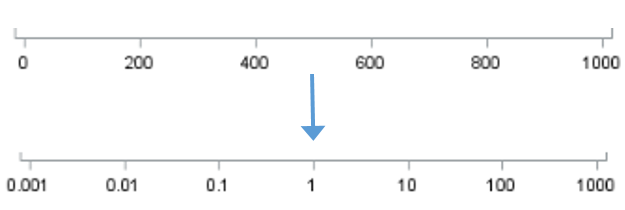All Posts

It's a simple task to use SAS to compute the number of weekdays between two dates. You can use the INTCK function with the WEEKDAY interval to come up with that number. diff = intck('WEEKDAY', start_date, end_date); If you want to compute the number of working days between two dates,

The Spring 2011 issue of Foresight is now available. Here is Editor Len Tashman's preview: For forecasters, “being wrong” is the expectation; the hope is that we’re not too wrong. But admitting to our failures is never easy. The Spring 2011 issue leads off with Marcus O’Connor’s book review of

SAS Enterprise Guide is best known as an interactive interface to SAS, but did you know that you can use it to run batch-style programs as well? SAS Enterprise Guide has always offered an automation object model, which allows you to use scripting languages (such as VBScript or Windows PowerShell)

The Credit Card Accountability, Responsibility and Disclosure Act (CARD) of 2009 was triggered by the financial crisis and designed to protect subprime borrowers by forcing lenders to provide more transparency and more reasonable, fairer rates and fees to borrowers. This has proven a costly burden for US lenders as they
Congratulations to Curt Hinrichs and Chuck Boiler! Their book, JMP Essentials: An Illustrated Step-by-Step Guide for New Users, has won an Award of Distinguished Technical Communication in this year’s International Summit Awards presented by the Society for Technical Communication. The award goes to a project that “applies the principles of

The log transformation is one of the most useful transformations in data analysis. It is used as a transformation to normality and as a variance stabilizing transformation. A log transformation is often used as part of exploratory data analysis in order to visualize (and later model) data that ranges over

I've been walking around the last few days with what looks like a dollop of chocolate syrup or grape jelly on my chin. Alas, it is just a bruise from getting elbowed in the mouth at basketball last Thursday night. (Church leagues may be the only dirtier place to play

A major news item this week is the New York Department of Health's labeling of childen's games like Kickball, Wiffleball, Freeze Tag, Red Rover, and Steal the Bacon as dangerous. (Apparently Spin the Bottle, Truth or Dare, and Doctor are still ok?) Is this the continuing wussification of American youth?

This is a guest post from Jodi Blomberg, a Principal Technical Architect at SAS. She has over 12 years of experience in data mining and mathematical modeling, and has developed analytic models for many government agencies including child support enforcement, insurance fraud, intelligence led policing, supply chain logistics and adverse

In our last installment, we learned that some information is not really necessary. When facilities management dyed the toilet water purple to remind us it is non-potable, it didn't affect my earlier decision not to drink out of the toilet. Sometimes the information we receive as forecasters is not really

Unless you’ve been living under a rock, you’ve heard about the budget problems running rampant across all levels of government. Federal, State and Local Governments are all facing historic budget shortfalls due to the economic crisis and decreased tax receipts. This has led to a much closer examination of services

On March 28 I had the pleasure of moving to our new office building on the scenic SAS campus in Cary, NC. This aesthetic and functional structure houses the sales, marketing, and SAS executive management offices, as well as a generously appointed Executive Briefing Center for hosting our visiting customers.

Contributed by Angela Hall, Senior Technical Architect at SAS, (@angelahall1) The SAS Global Forum Technology Session included the technically funny comedian Don McMillan , who pulled out the #SASGF11 program and stated, very seriously, that there was plenty of comedy material within those pages. He then highlighted the long and

This morning I delivered a talk to visiting high school students at the SAS campus. The topic: using SAS to analyze Twitter content. Being teenagers, high school students are well familiar with Twitter. But this batch of students was also very familiar with SAS, as they all have taken SAS

Contributed by Sy Truong, co-founder of Meta-Xceed. SAS Global Forum has always been a chance for developers and managers at SAS to shine, and this year in Las Vegas was no exception. There are a couple of trends and development directions that I found interesting on the demo floor in





